1. Local stores are smashing the mults on beer and cider sales
2. Brands are hoping world beer could wake up the category
3. Lager is worth 94% of the beer category
4. Craft cider is up 14.6% in convenience
5. Three out of four people want to moderate their alcohol intake

1. Local stores are smashing the mults on beer and cider sales
From midweek beers to Friday afternoon ciders, c-store retailers should be toasting the fact that they’re regularly beating the supermarkets on booze.
“The symbol and independent channel has a significant over-trade in beer & cider with a value share of 25.9 percentage points making it a key category for [c-store] retailers,” says Alex Lawrence from Circana.
Yet cynics might take a glass-half-empty view when you zoom out to wider trends.
That’s because this spike in convenience masks a fairly flat market overall. In the last year symbols and indies only grew value sales by 0.1% – which hardly suggests a category fizzing with growth.
“Given symbols and independent retailers’ reliance on the category, they’ll be hoping that sales pick up in 2025,” says Lawrence.
Midlands retailer Rav Garcha says that he’s seen “little sales uplift” in the category for the last year and a half. And that’s despite a raft of new products across cider and beer – including more alcohol-free variants. In response he’s taken the opportunity to reduce his stores’ depth of range.
“Overall it’s been slow,” he says.
“The NPD we saw did help a little but it needed a lot of effort to get the products ‘above the line’ so to speak. I think then when promo activities around new products ended sales didn’t stick. We probably just moved the same customer around on different products.”
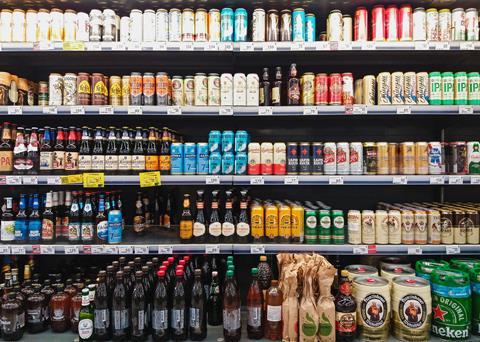
2. Brands are hoping world beer could wake up the category
Of course, all this NPD is here for a reason. Brands are well aware that many consumers are turned-off by same-old-same-old beer varieties – especially given the boom in RTD alcohol options – and are trying to offer something different.
“We know consumers can often get tired of seeing the same lager brands, so are enjoying discovering premium world lagers from all sorts of different places, which are a great option for retailers to stock, as they are bang on trend and can typically be charged at more than other more mainstream options,” says John Price, head of marketing at Kingfisher Drinks.
“There’s certainly considerable current interest in Japanese beers like Sapporo, but I’d also like to mention Indian beers like our very own Kingfisher, which has a crisp and easy-drinking taste that consumers love.”
Kevin Fawell, UK sales director at Molson Coors Beverage Company, also has faith that world beer can rejuvenate the market.
“The world beer category continues to go from strength to strength, as evidenced by our brands including Staropramen and Pravha, while Madrí Excepcional remains as popular as ever,” he says.
“Madrí Excepcional is now the number five world beer brand, and the sixth fastest growing of the top 20 lagers in the GB off trade, worth over £123m in retail and growing sales by 9.3% over the last year [both Circana, Total Off Trade, MAT data to 25/01/2025].
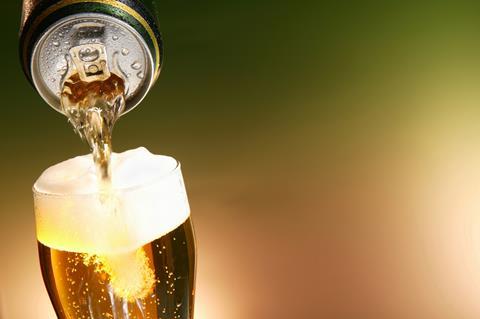
3. Lager is worth 94% of the beer category
Hops and water are both important for beer. But for c-store retailers the real key ingredient for soaring sales is sun.
“If it’s sunny we always see good sales,” says Rav.
“The ideal is if it’s unexpected – if the weatherman says it’s not going to be good and then it’s sunny. Then people have last-minute barbecues and pick up some drinks.”
And that’s where lager comes into its own.
“Lager is worth 94% of the category [as above] and is perfectly suited to the summer occasion with its refreshing, crisp taste,” says Caitlin Brown, off-trade category development executive at BrewDog PLC.
“To succeed in the summer, retailers should focus on a range that offers well-known light lagers perfect for drinking during long, sunny afternoons – such as Cold Beer and Lost Lager.”
“Retailers should focus sales on the 4-6 330ml can format, which is worth 60% of the category and continues to grow at 36.7% value and 26.4% volume growth [Circana 12 wks data up to 01.09.24]. However, there is a key growth driver in a single format, worth 15% of the category, but sees a 68.5% value and 47.1% volume growth in the summer period.”
Cider also benefits from a cans-first approach in-store.
“Data shows that a third of UK shoppers only ever buy cider in cans [Mintel 2021], so we would also recommend retailers keep a regular supply of single cans stocked – ideally chilled for those last-minute, ‘grab and go’ impulse buys for those who want a refreshing, cool drink,” says Natalie Marshall, trade marketing manager at Ashton Manor.
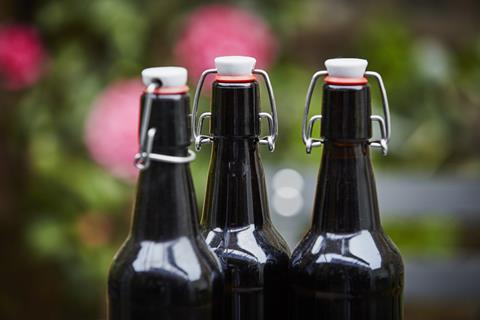
4. Craft cider is up 14.6% in convenience
In recent years cider has reconnected with its rural roots, showcasing provenance and authenticity to try and replicate the beer category’s wide-ranging craft trend. It’s been a success in c-stores, with sales up 14.6% in the channel.
“This growth is being driven by a consumer shift towards products that offer authenticity, quality, and heritage,” says Darryl Hinksman, head of business development at Weston’s.
“Independent convenience retailers are leading the way, delivering the strongest YOY growth with value sales up +4.4%, compared to +2.1% in total convenience. Yet, crafted cider still holds just a 17% share in convenience compared to 24% across the wider market. This presents a huge opportunity for independents to expand their crafted cider ranges, bridge the gap, and unlock even more sales [stats as above].”
Hinksman also tips premium pear cider for success, with Henry Westons Vintage Pear adding £550k in sales over the past year.
Meanwhile, the flavoured cider juggernaut shows no sign of slowing – with shoppers actively looking for new flavours to slake their thirst.
“Berry flavours currently hold the largest share of the cider category – with flavoured cider sales in the value sector growing by +11% MAT [Nielsen Cider Report, to 22.02.2025],” says Marshall.
“In response to the booming popularity of flavoured cider, we’ve recently added two brand new flavours to our Crumpton Oaks range – Crumpton Oaks Strawberry and Crumpton Oaks Berry – to cater to this demand.”
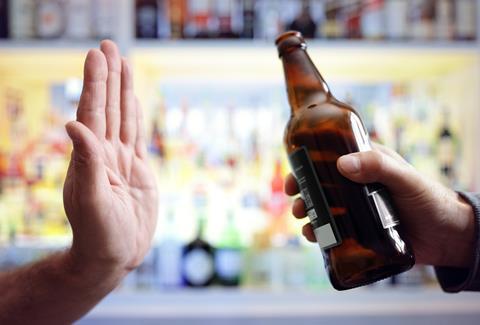
5. Three out of four people want to moderate their alcohol intake
While we’re not quite turning into a nation of tee-totallers just yet, there’s no doubt that shoppers’ thirst for booze is waning. With more alcohol drinkers looking to cut down (and many Gen Z choosing sobriety) ‘moderation’ is the new industry buzzword.
“Moderation is now mainstream, with three in four of us moderating our alcohol intake to some degree and the number of people looking to moderate alcohol consumption similar in size to the number who consume alcohol once a week,” says Brown.
This could be the cue for mid-strength ‘session’ beers to enter the spotlight, like Brewdog’s mid-strength (3.4% ABV) Cold Beer brand, released last year.
It’s not just the ABV that appeals. Lower ABVs generally mean cheaper products – but Rav warns that lowering an existing ABV can put shoppers off.
“For some products the core customer goes for the ABV,” he says.
“So when the ABV drops they’ve moved on to other brands.”
In no-alc beers Guinness 0.0% continues to be the trailblazer, winning recognition from many in the industry.
“Guinness 0.0% has been a revelation over the last 12 months and I’m a big fan,” says Liam Fidler, head of off trade at Damm UK.
“We are undoubtedly seeing a move towards low ABV and no alc beers together with a general premiumisation of the category.”
“In terms of our own portfolio, we’ll be introducing Estrella 0.0 in a 4x440ml can.”
The expanding range of alc-free beer and cider options can be a headache for retailers wondering what to stock. But it’s good news for drinkers seeking more choice.
“No/low drinkers want to see replicas of their full-strength beers more widely available,” says Becky Kean, founder of Nirvana Brewery – the first dedicated No/Low brewery in the UK.
“That’s partially driven by so-called ‘Zebra Striping’ – people mixing their no/low orders with full-strength beers on an evening in, or night out.”
She adds that many low/no drinkers don’t want “wacky or over-flavoured” beers, just beers they’re familiar with when they go full-strength.
“That’s why our last three beer launches have been, in order, a Pils, an Amber Ale (our no-alcohol take on a classic British bitter) and, most recently, a Nitro Stout,” she says.
“That’s us effectively covering lager, ale and stout – three massive categories in beer, with stout obviously performing especially well of late.”

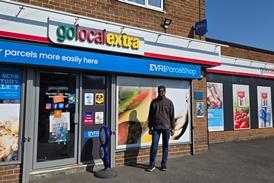



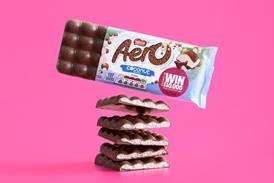


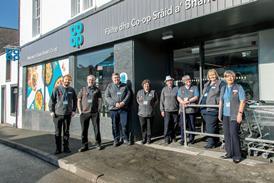
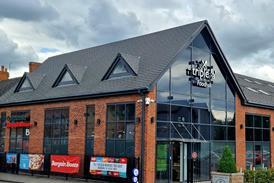

![WG-4003[58]](https://d2dyh47stel7w4.cloudfront.net/Pictures/274x183/4/5/1/353451_wg400358_6083.jpg)
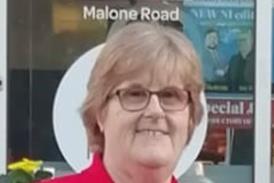

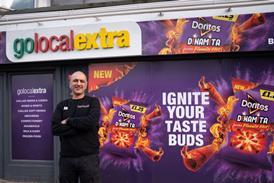
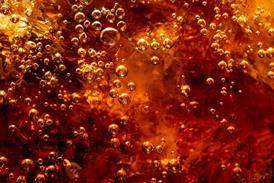

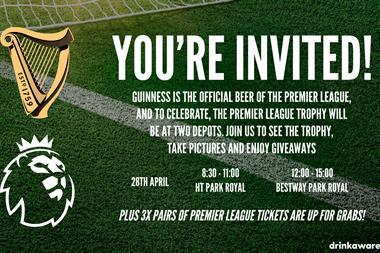
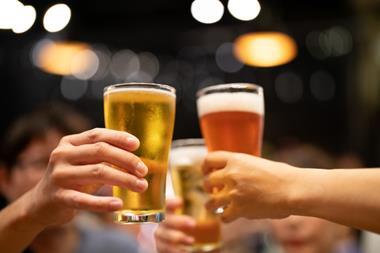

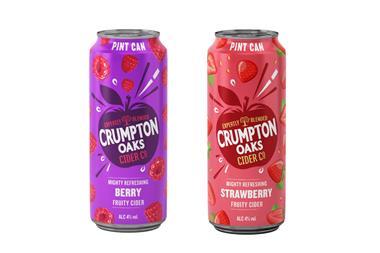
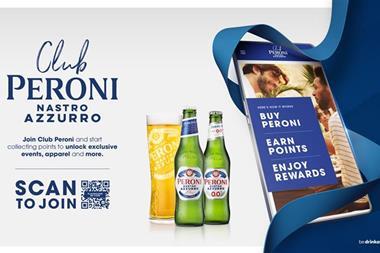
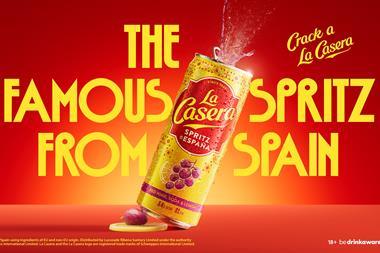
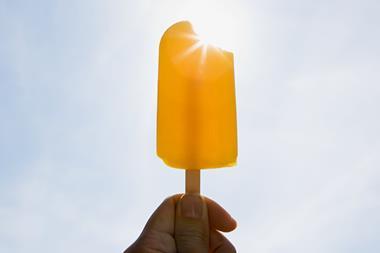
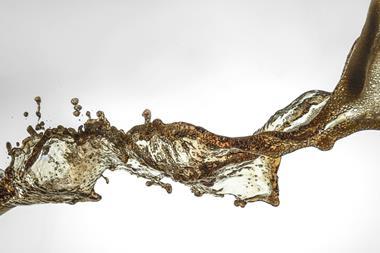
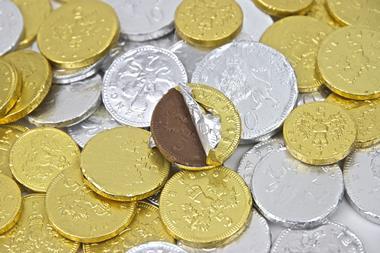
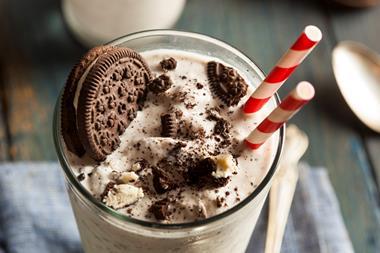

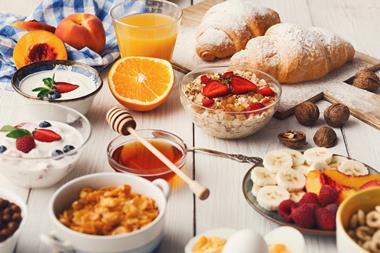
No comments yet